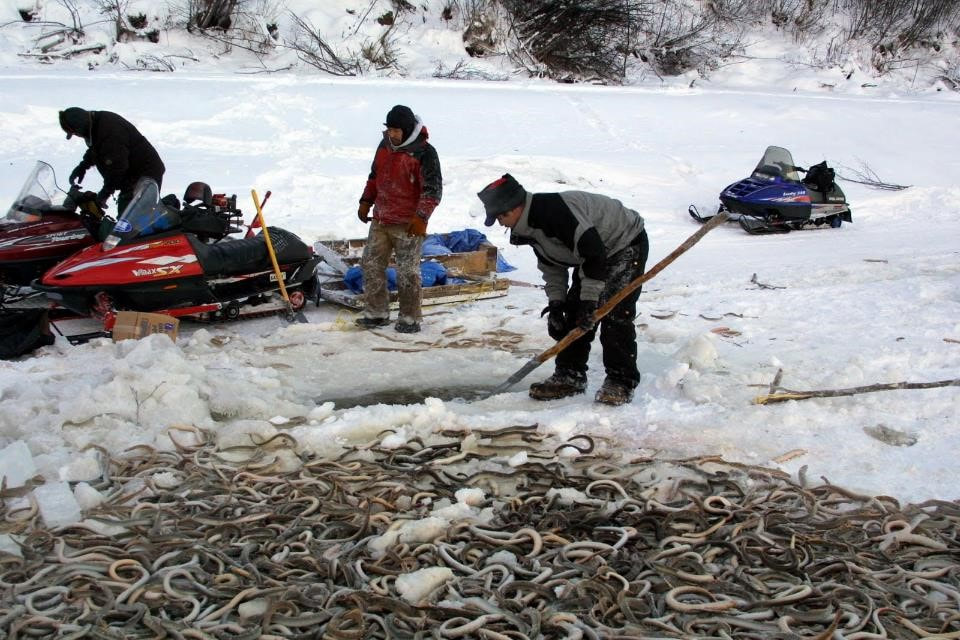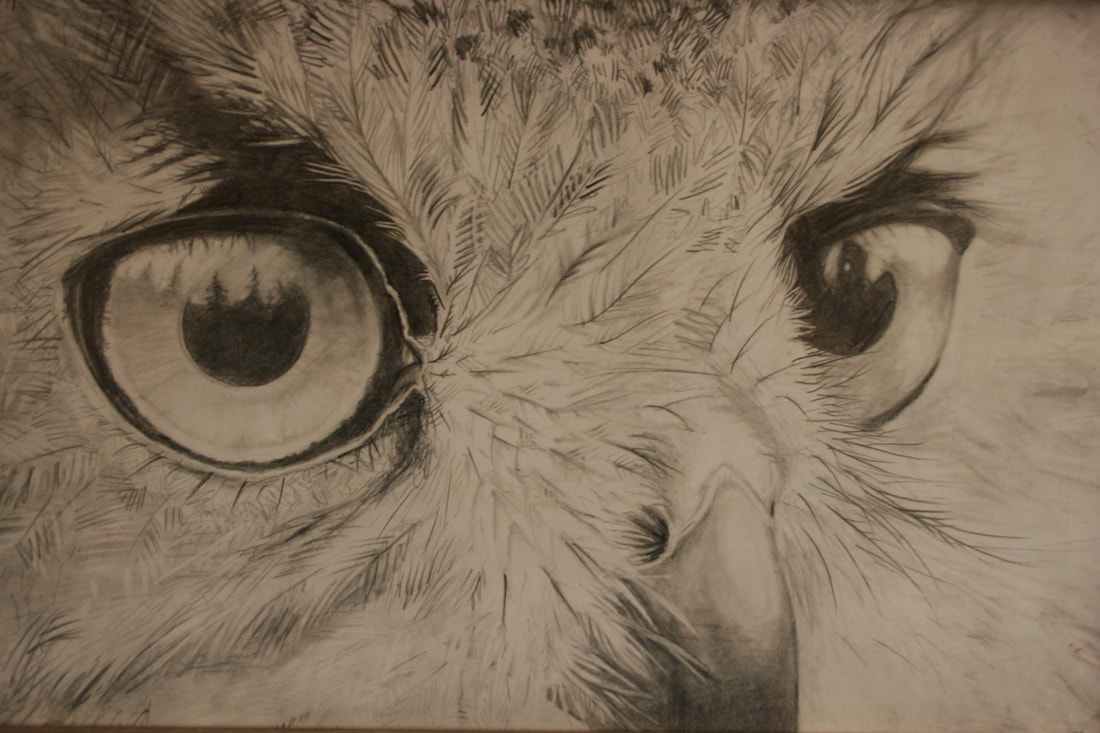|
Copper River Record November 1, 2018 By Robin Mayo Lampreys were the topic of the first WISE Science Lecture of the season, held October 19th at the Wrangell-St. Elias National Park Auditorium. Our speaker was Andres Lopez, of UAF Museum of the North. 29 people attended, with a wide variety of ages, communities, and backgrounds represented. To begin, Dr. Lopez answered the question of exactly what is a lamprey, specifically how it is related to eels. Although he must be asked this question very often, he answered it with grace and humor, by showing the evolutionary track of both creatures. It turns out that eels and lampreys are not even distant cousins, in fact eels are more closely related to humans than to lampreys, as people and eels both have mineralized hard skeletons, while lamprey are cartilaginous, lacking jaws and several other accoutrements we take for granted. Most of Dr. Lopez’ research has been on Arctic lamprey (Lethenteron camtschaticum) which are found throughout northern, central and western Alaska, and even the Susitna River drainage. Here in the Copper River watershed we have Pacific lampreys (Entosphenus tridentatus) which are larger. Worldwide, there are about 40 living species of lamprey, occupying almost exclusively far northern and southern latitudes. Some are freshwater, some marine, and some anadromous. Over and over during this lecture, I found my conceptions about some basic facts of life challenged. For instance, it was long thought that there were two species of lamprey occupying overlapping habitat, Arctic lamprey and Alaska Brook Lamprey (Lethenteron alaskense.) Through genetic analysis of diverse populations, Dr. Lopez and his colleagues have proven that they are actually one species, despite their quite different habits and appearance. Here is when it gets a little weird. In their larval stage, lamprey are called ammocoetes (pronounces ammo seats) and are blind filter feeders who live in the mud on the bottom of waterways. Locals attending the lecture reported observing ammocoetes in the mud at the Richardson Highway Gulkana River bridge. When they are about 6 inches long, they emerge from the mud and develop eyes and a sucking disc for a mouth. Some then migrate out to sea, following an anadromous pattern much like salmon. But others stay where they are, and never even grow a working adult digestive system. They live off their stored nutrients for several months before spawning. Both life strategies are semelparous, meaning that like salmon they spawn once then die. For many Copper Basin residents, our experience with lampreys involve harvesting salmon with round scars from a lamprey, or even finding live lampreys in fish wheels. We were entertained before the lecture by a story from Mike about pulling a lamprey out of the fish wheel live well, and having it try to latch on to him. Because of this, I’ve always thought of them as parasitic, living off other creatures without killing them. But analysis of the stomach contents of seagoing lampreys showed that a small fish called a Capelin is one of their most frequent prey. The lampreys had ingested large chunks of flesh, not just blood, indicating that they are also predatory, and may scavenge for food. For Alaska natives on the lower Yukon, lampreys are an important subsistence food. When the lampreys are due to migrate in the fall, they cut a hole in the ice and keep watch. When the migration starts, it comes in large enough numbers to sometimes even lift the ice. Villagers then pull out the lampreys with hooks, freezing them on the ice. I’ve seen a lamprey flung up onto the beach make its way back to the water in a sidewinding motion, so I’d love to know how they keep them from slithering back into the river. The state of Alaska has recently established a commercial fishery for lamprey with a 40,000 pound limit, as they are considered a delicacy in some cultures. However, there is almost no real data on the size of the population, a gap that it seems they ought to get a handle on before going encouraging large harvests. This lecture was a fascinating reminder of how little we know about the natural world, especially the aquatic world. Dr. Lopez did a great job of answering many of my questions, but the fascinating information he shared has caused many more questions to bubble up. There is much more to tell, but I’ll close with advice from Dr. Lopez to google “hagfish” or “slimefish.” This is the lamprey group’s closest living relative, with a defense mechanism that is truly bizarre! Harvest of lamprey on the lower Yukon River. Photo Courtesty of Kwik’pak Fisheries
1 Comment
|
Who We AreWISEfriends are several writers connected with Wrangell Institute for Science and Environment, a nonprofit organization located in Alaska's Copper River Valley. Most of these articles originally appeared in our local newspaper, the Copper River Record. Archives
August 2021
Categories
All
|
|
WISE is a
501(c)3 nonprofit organization |
Contact Us |



 RSS Feed
RSS Feed
